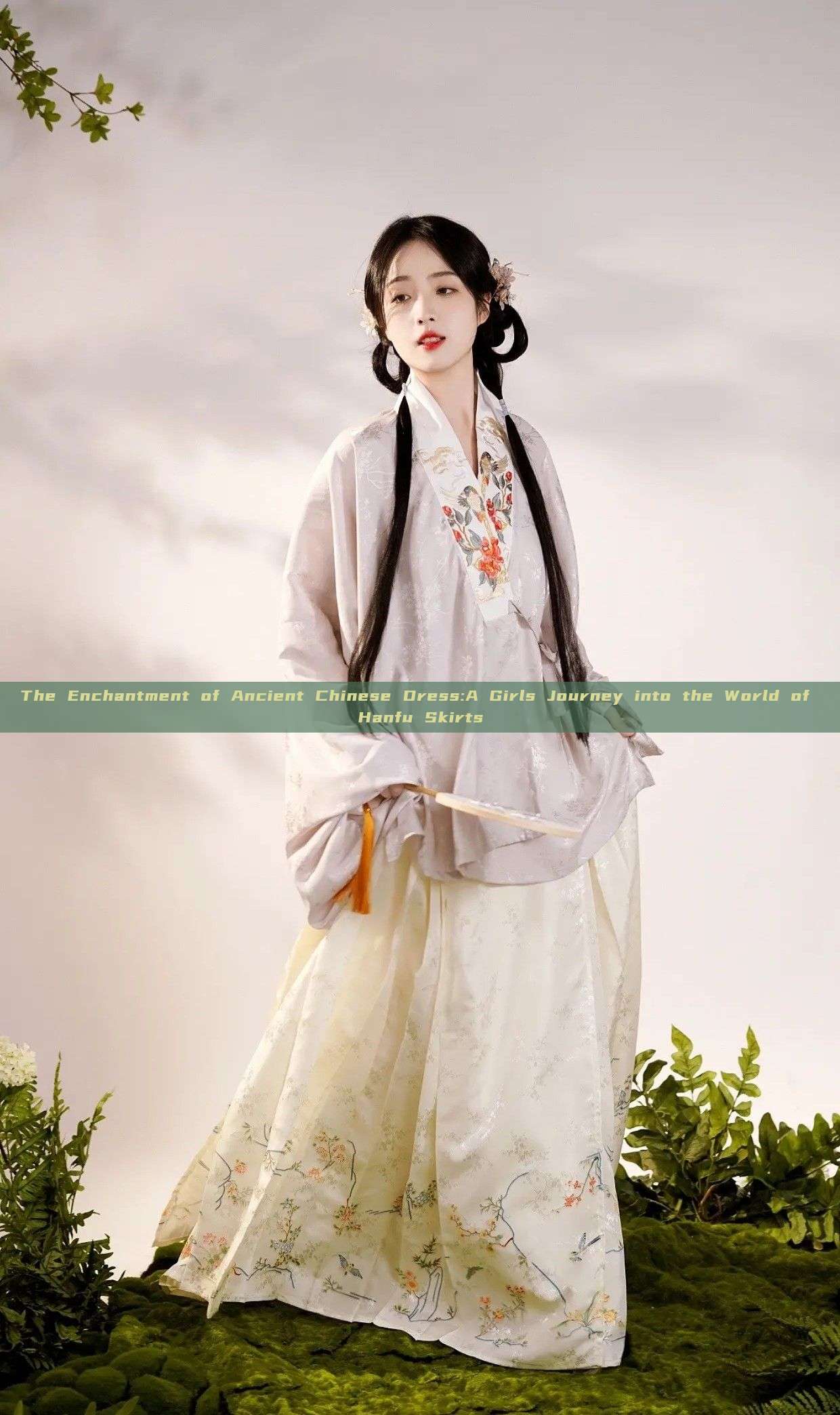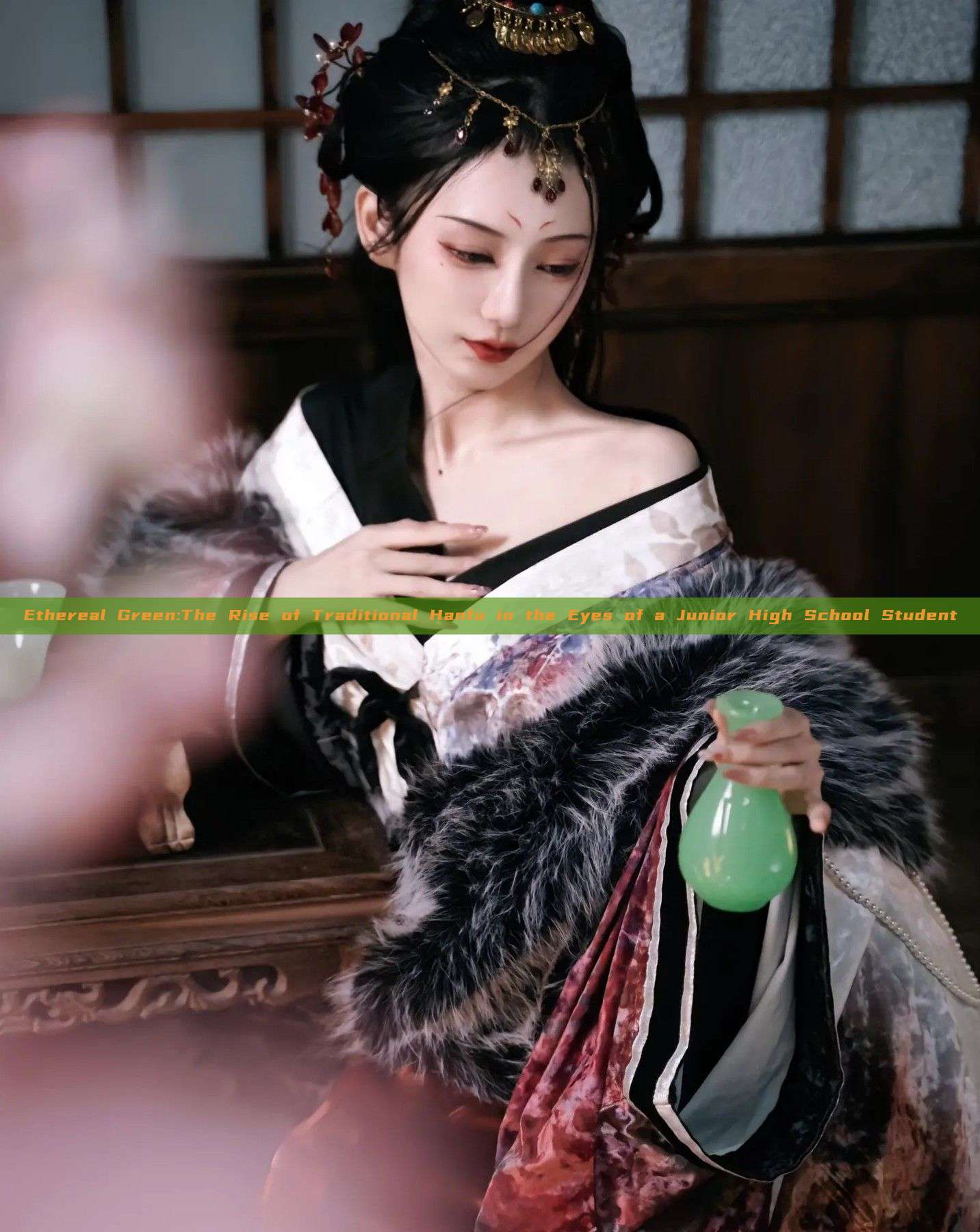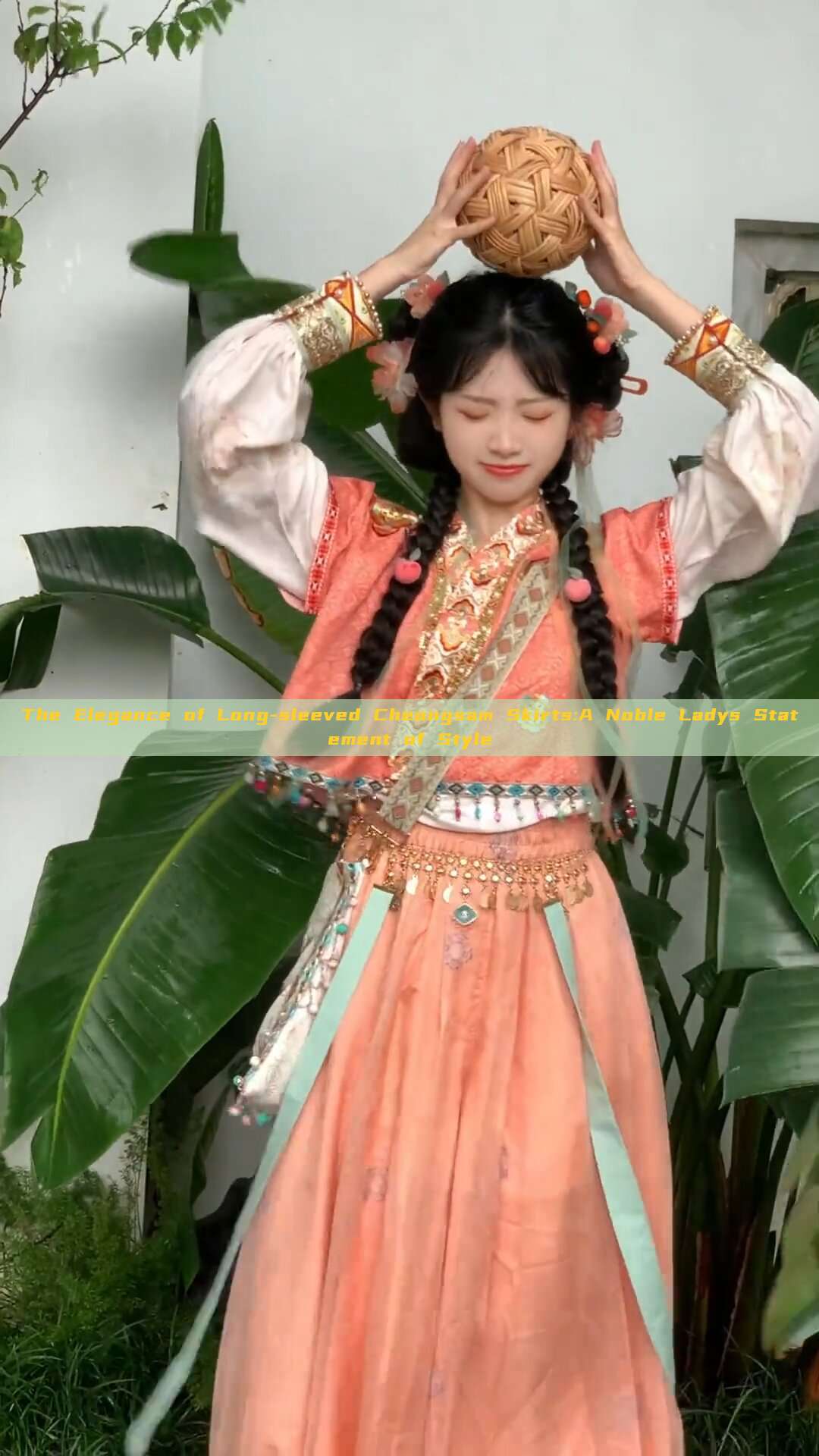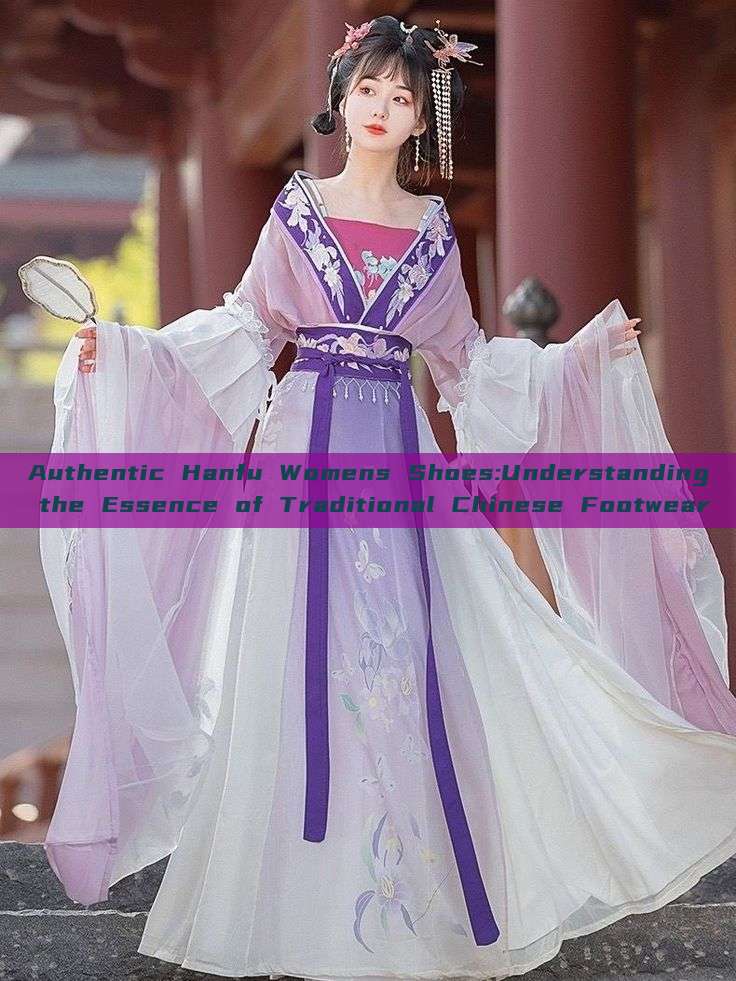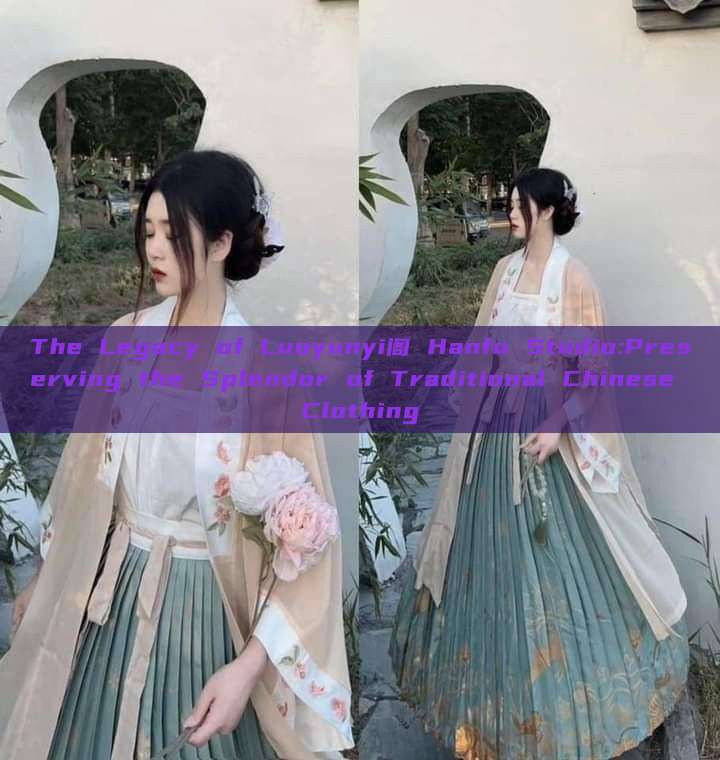In the early years of the Republic of China, women's fashion experienced a remarkable transformation, influenced greatly by the cultural and political shifts taking place during this era. Among the various styles that emerged during this period, the qipao, a traditional Chinese women's dress, experienced a renaissance that merged traditional aesthetics with modern fashion trends. This article delves into the intricate relationship between qipao, military politics, and women's fashion in the era of the warlords.
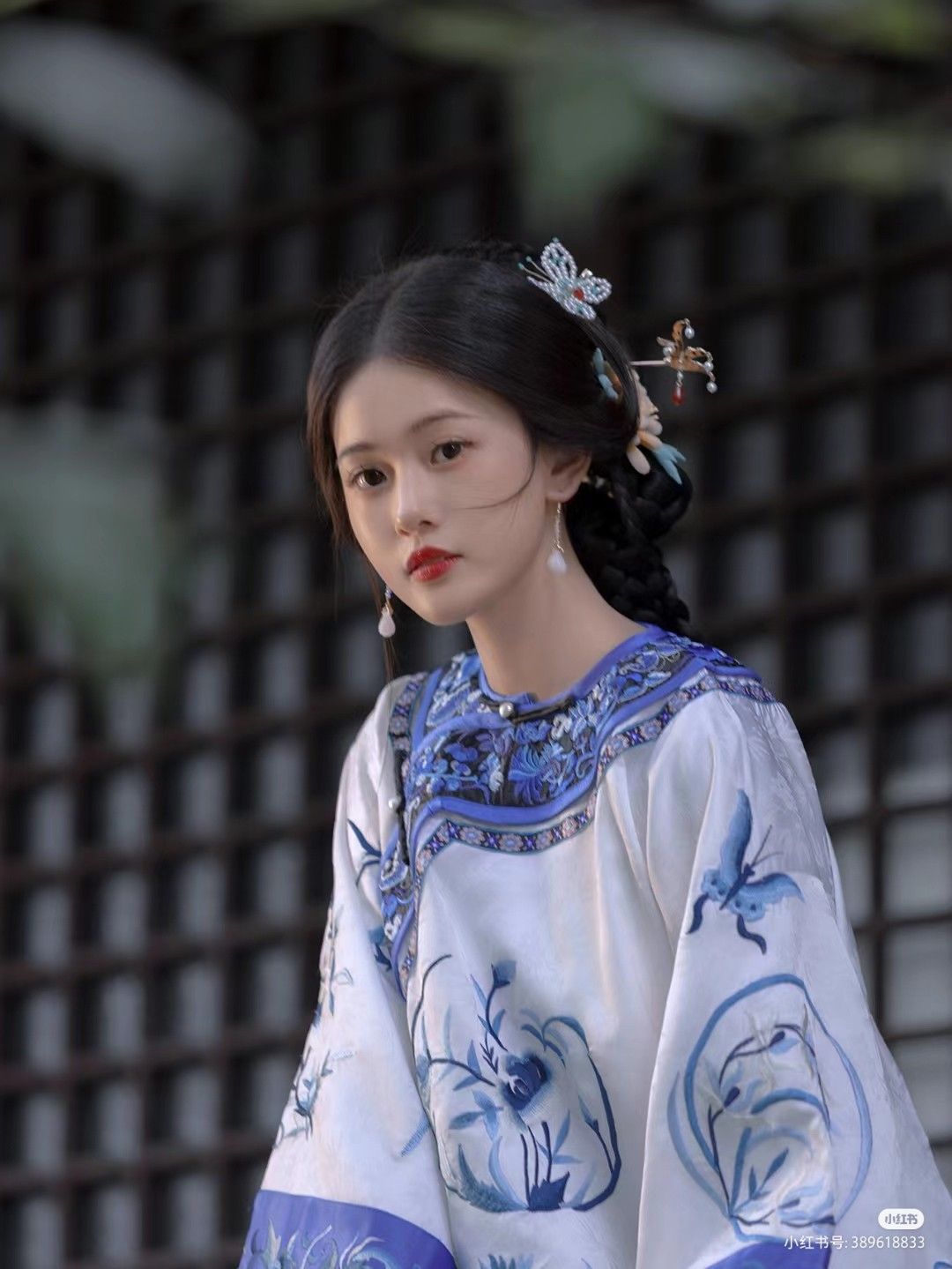
The qipao, originating from the Manchu era, was initially a simple robe worn by women in China. However, during the Republic of China era, it underwent significant changes and became a symbol of cultural identity and fashion statement. The influence of Western fashion and cultural exchanges with other countries influenced the design and style of qipao. At the same time, the political situation and military rule played a crucial role in shaping its evolution.
During the era of the warlords, when China was under the control of powerful military figures, qipao became a medium to express political and social changes. The design and color of qipao reflected the influence of military politics and cultural shifts. For instance, the use of bright colors and bold patterns was a reflection of the vibrant cultural exchanges taking place during this period. The intricate designs and patterns on qipao were often influenced by Western fashion trends, which were adopted and adapted to suit the traditional aesthetics of Chinese culture.
Moreover, qipao became a medium for women to express their individuality and freedom. As women's social status improved during this period, they began to demand more freedom in dress and expression. Qipao offered them an opportunity to strike a balance between traditional values and modern fashion trends. Women could wear qipao that emphasized their figure and yet maintained a traditional aesthetic appeal. This blend of traditional and modern elements made qipao a popular choice for women across different social classes and regions.
Furthermore, the rise of qipao was also closely linked to the rise of Chinese culture during this period. As China's cultural influence grew in the international arena, qipao became a symbol of Chinese culture and fashion. Its intricate designs and patterns attracted the attention of people across the globe, who saw it as a symbol of beauty and tradition. Qipao became an essential part of Chinese culture that represented not only beauty but also strength and resilience.
In conclusion, the rise of qipao during the Republic of China era was a reflection of cultural, political, and social changes taking place during this period. It was not only a medium for women to express their individuality and freedom but also a symbol of Chinese culture and fashion. The intricate relationship between qipao, military politics, and women's fashion reflects the rich cultural heritage and historical context of China. The legacy of qipao continues to inspire designers across the globe even today, as it represents a perfect blend of traditional aesthetics and modern fashion trends. The story of qipao is not just a story of fashion but also a story of resilience and strength that reflects China's rich cultural history.


